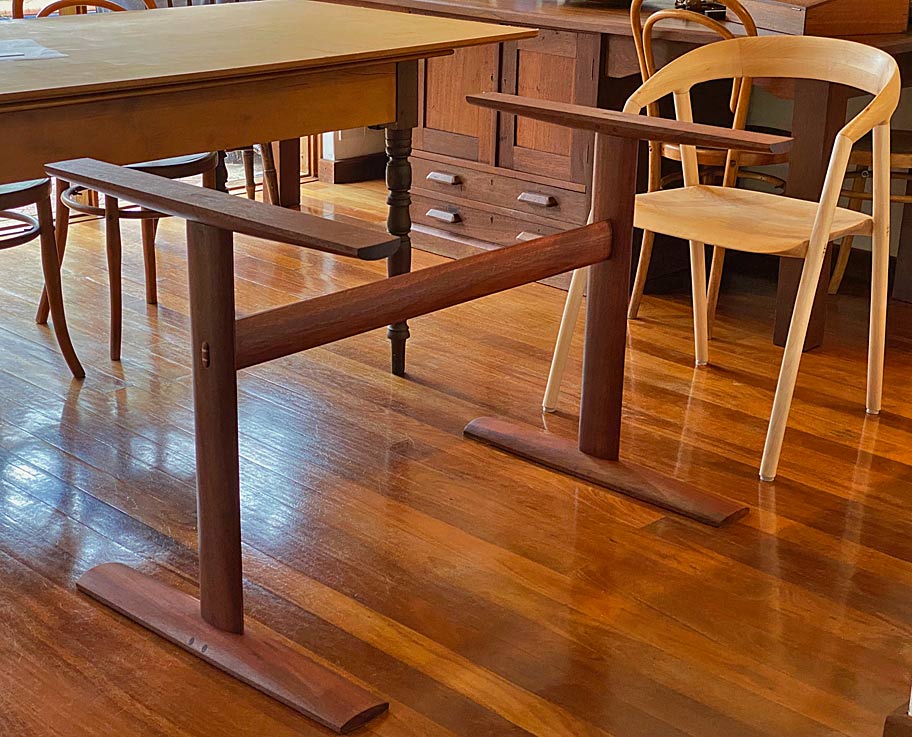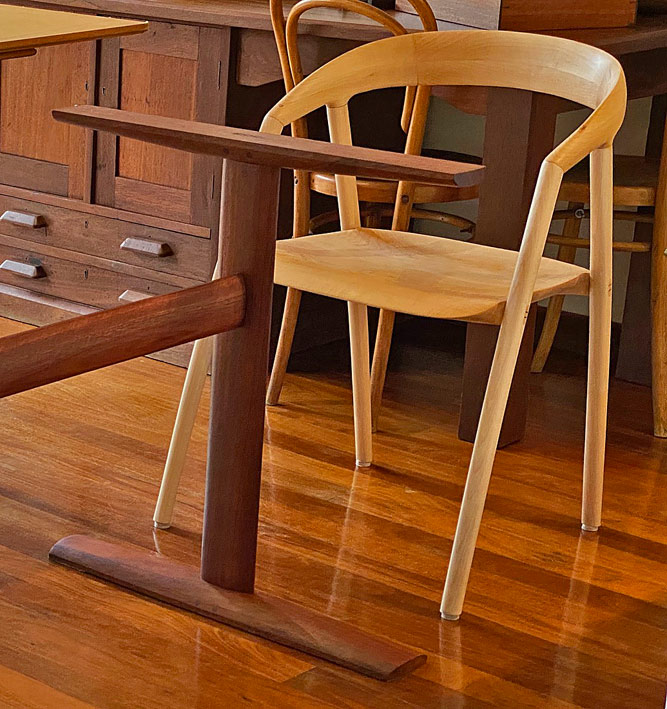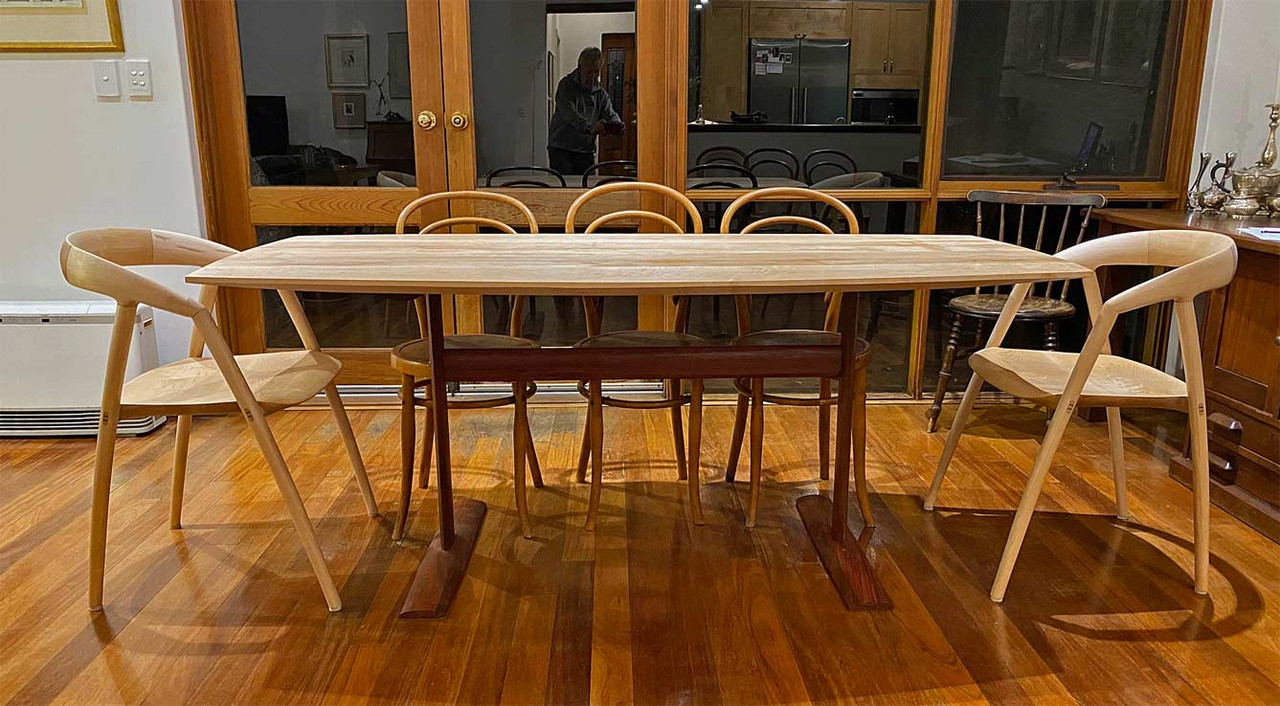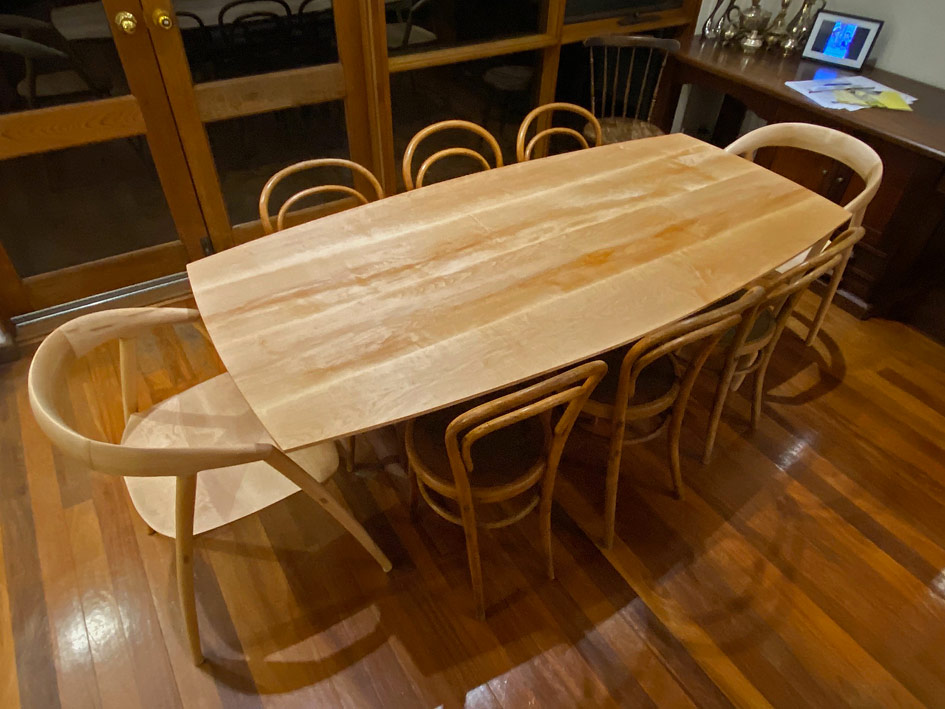I was asked recently if I could re-pipe a towel warmer the original pipes ran around the bedroom skirting & didn’t look that nice. In the bedroom was an alcove that had a fitted wardrobe the towel warmer was on the other side of this alcove so I suggested removing the the back of the wardrobe & running the pipes in the void behind from the ceiling above.
On removing the back of the wardrobe we discovered the void was 300mm deep which got the customer wondering if we could utilise the space for storage, in particular for her shoes.
This is what I came up with
View attachment 188435
The parts were just cut up with the tracksaw, no fancy track square just a speed square.
View attachment 188438
To make the shelves adjustable I used my shop made shelf pin guide.
View attachment 188433
The shelves were cut to size with the router & another shop made jig my parallel guides
View attachment 188437
This is the unit fitted in place
View attachment 188436
& this is the finished article with the fitted furniture reinstated
View attachment 188434














































